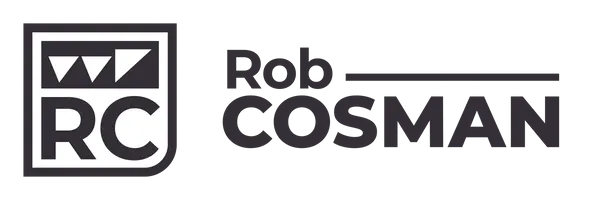Folded Saw Back Vs. Milled Saw Back
Backsaws refer to those handsaws that have a stiffening piece of metal (referred to as the saw’s “back”) on the edge of the saw plate opposite of the toothed cutting edge.

If we contrast backsaws to handsaws, handsaws are designed for rough sawing work such as breaking down rough milled lumber. A handsaw has a very stiff and thick saw plate which can withstand the forces of sawing; it doesn’t need a stiffening back.

Backsaws are designed for more precise cutting work that handsaw, work such as sawing out dovetails, tenons, and miters. This precision work calls for a much thinner saw plate than is used in handsaws. This thinner saw plate cannot withstand the forces of sawing by itself and needs to be “stiffened” to keep the saw plate from buckling. This stiffening is accomplished by the adding a metal saw back (usually brass or steel) over the length of the saw and into the handle. Extending the back into the saw’s handle prevents the blade from bending between the plate and the handle.

There are two methods to attach the saw back to the saw plate: 1) use a folded metal back or 2) use a milled metal back. A folded saw back is the traditional way of attaching a metal back to the saw plate. A machine bends a piece of flat metal into a “U” shape with the tips of the “U” touching each other. This bent piece of metal is then pushed onto the saw plate, pinching it under tension and thus “stiffening” the plate. A more recent method is to mill a small slot into a thick piece of brass bar stock and then affix the saw plate into this slot with adhesive and/or peened metal fasteners. This permanently bonds the plate to the saw back and thus “stiffens” the plate. Both methods achieve the same thing, a stiffened saw plate, but woodworkers argue which method is better.

The argument goes something like this: With a folded metal back when the saw goes out of tension (gets a bend or a wave in the plate through use) the user can remove the back, allow the saw plate to straighten out, then replace the back onto the saw plate and you are back to work. Removing a milled back is not possible. So, a folded back must be better, or is it?
Like many other modern saw makers, we at Rob Cosman Woodworking use slotted brass backs that we peen and adhere to our saw plates on all of our backsaws. While it is true that if our saw plate goes out of tension the user cannot remove the back and retention it, but how many of the thousands of saws that we have made over the years have been returned for going out of tension? The answer is - none.

If one thinks about it, this makes complete sense. With a folded back, the saw plate is designed to move or slip a bit even while being held under tension. If the sawyer “tweaks” the blade a bit, it can slip and go out of tension. A repair, as previously noted, can be affected. With a milled slot back, the saw plate cannot slip since it is adhered to the back. The saw does not slip out of tension. If the sawyer “tweaks” the blade the saw typically gets wedged in the saw kerf and can be gently wiggled free without damaging the saw plate.
Our saw making and repair experience over the last eight years suggest that the argument boils down to: Do you want a saw that the plate can slip out of tension, or do you want a saw plate that is fixed in tension? Both methods work, and both methods produce saws that perform excellently.
Master Craftsman Bob Rozaisski said it nicely, "Anyone that tells you that one type of back is better than the other is trying to sell you something. I’ve used saws with both kinds of backs. I’ve built saws with both kinds of backs. From the standpoint of the user, there is absolutely zero functional difference between a well made saw with a folded back and a well made saw with a milled back."

To be honest, when evaluating backsaws, I think the type of back a saw has is a neutral consideration (they both work and work well). The more important considerations for me are: How does the saw fit and feel in my hand? Is the saw well balanced? Does the saw start easily? Does it saw in a straight line? Does the saw leave a glue-ready surface? These are infinitely more important questions to ask than what type of back a saw has.
You can see all of our Rob Cosman backsaws at RobCosman.com.
Luther



